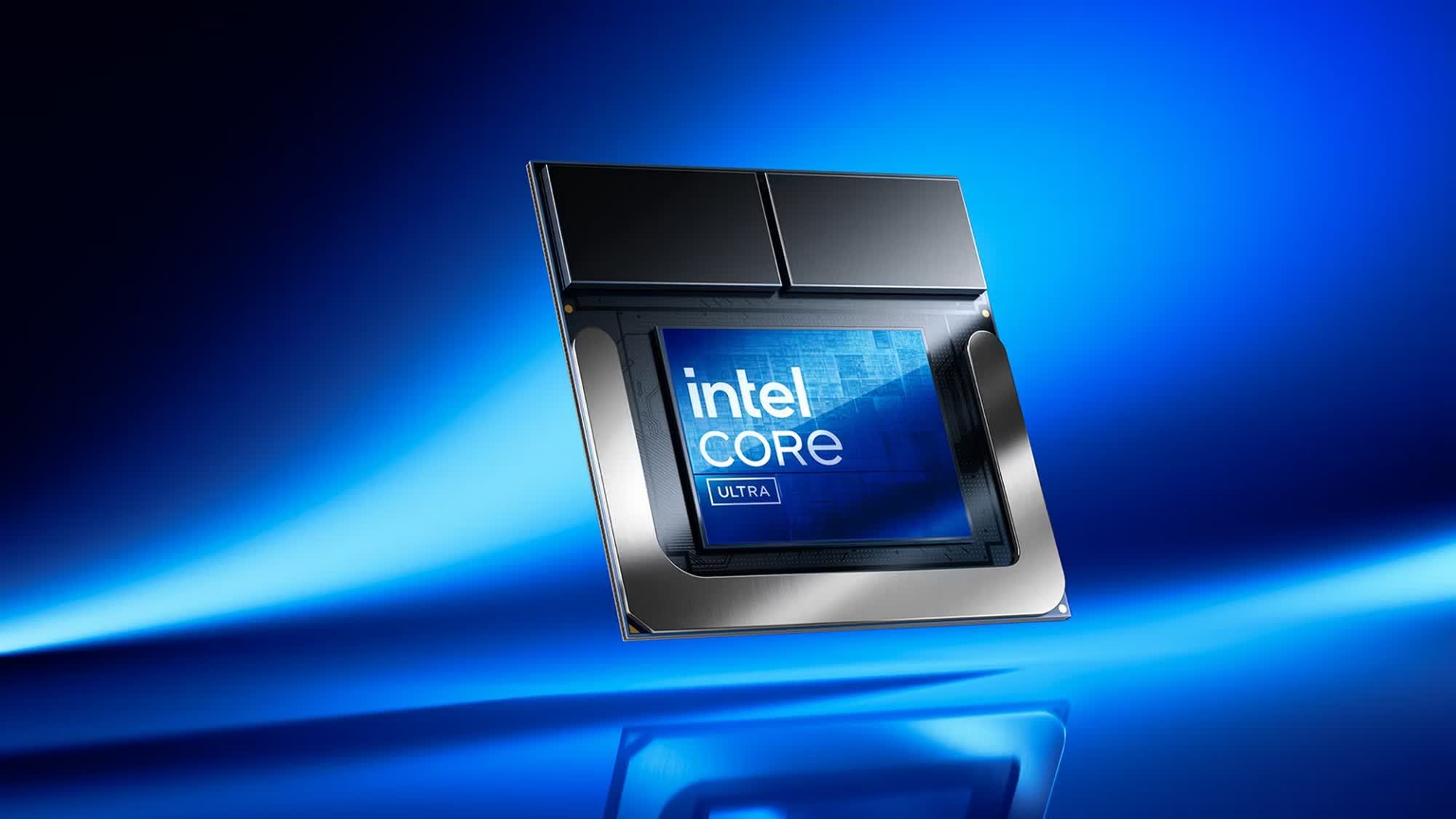In context: Tests done by a well-known PC hardware reviewer suggest that Intel's Lunar Lake CPUs are faster than AMD's Ryzen AI 9 HX 370 and Z1 Extreme APUs. The former is Team Red's latest flagship processor for the consumer laptop market, while the latter powers popular gaming handhelds like the Asus ROG Ally and Lenovo Legion Go.

According to real-world benchmarks published by Geekerwan, a Lenovo Yoga laptop powered by the Intel Core Ultra 7 258V was noticeably faster than both the Steam Deck and ASUS ROG Ally in a series of games, including Black Myth: Wukong, Cyberpunk 2077, Red Dead Redemption 2, Counter Strike 2, Elden Ring, and Genshin Impact.
In the low-power tests, the Lunar Lake chip proved to be 67 percent faster than AMD's Ryzen AI 9 HX 370 Strix Point CPU. It was also 35 percent faster than than the AMD Van Gogh APU in the Steam Deck and more than twice as fast as the Z1 Extreme in the ROG Ally. Additionally, the 1% low FPS were significantly higher than the average frame rates notched up by the two handhelds in Black Myth: Wukong.
It is worth noting here that the Core Ultra 7 258V was restricted to just 15W at 720p for the above tests to level the playing field against the Steam Deck and the ROG Ally. In this mode, the Lunar Lake CPU drew around 12W, while both the handhelds consumed around 8-9W during the tests.
Looking at real-world performance, the Core Ultra 7 258V hit 28 frames per second in Cyberpunk 2077 with FSR on, while the Steam Deck and ROG Ally could only hit 13 fps and 11 fps, respectively. The Ryzen AI HX 370 also hit just 13 fps, meaning the Lunar Lake chip was by far the fastest of all the benchmarked processors.
Geekerwan also tested the 258V at 30W / 1080p. It came out 10 percent faster than the Ryzen AI 9 HX 370 and 20 percent faster than the Core Ultra 9 185H. In Cyberpunk 2077, the Lunar Lake processor was faster than the Core Ultra 9 185H and Ryzen AI 9 HX 370 by up to 38 percent, while in RDR 2, the 258V was 50 percent faster than the AMD processor and 37 percent faster than its Meteor Lake predecessor.
The only game where the new Lunar Lake chip disappointed was Elden Ring, where it was 25 percent slower than the 185H. However, it still managed to outperform the HX 370 by about 8 percent.
Intel Lunar Lake outperforms Steam Deck and Asus ROG Ally in real-world gaming benchmarks